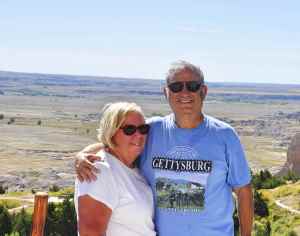Day 749
Sifton, Manitoba, Canada, really doesn’t exist anymore. We are here to spend the night only, as it is too far to drive from Indian Head to Winnipeg in one day.
Large influxes of Ukrainians settled this region in the mid-1890s, part of a mass immigration undertaken by the federal government. Sifton is named after Minister of the Interior, Clifford Sifton, who viewed farmers from Eastern Europe as ideal for settling and opening the Canadian West
Sifton is also the birthplace of Canada’s iconic fashion item of the 1950s, the Mary Maxim sweater. When the company relocated to another area, the town dried up and blew away.
































































































































 but do you really care?
but do you really care?












